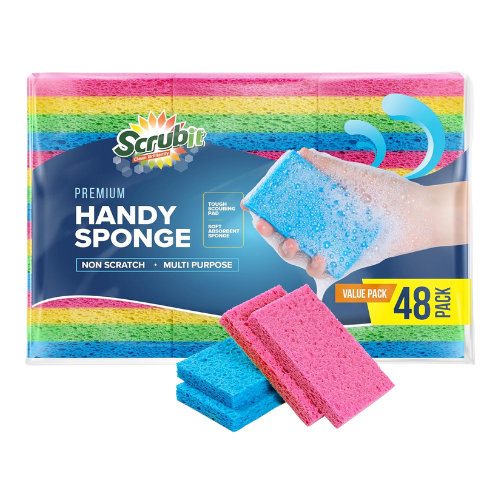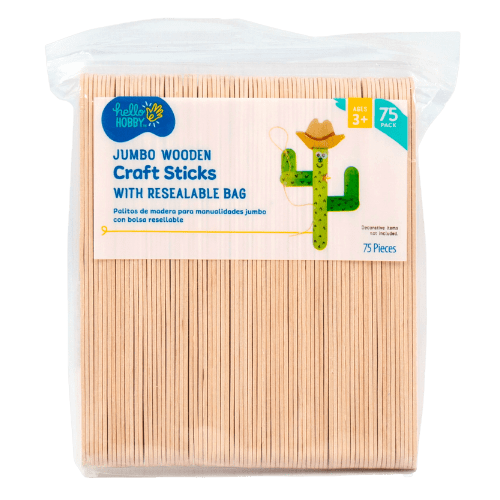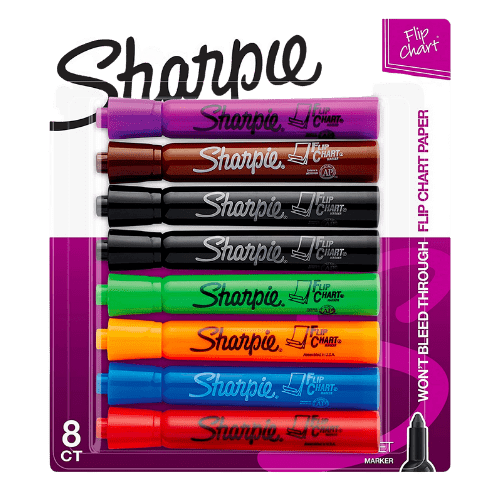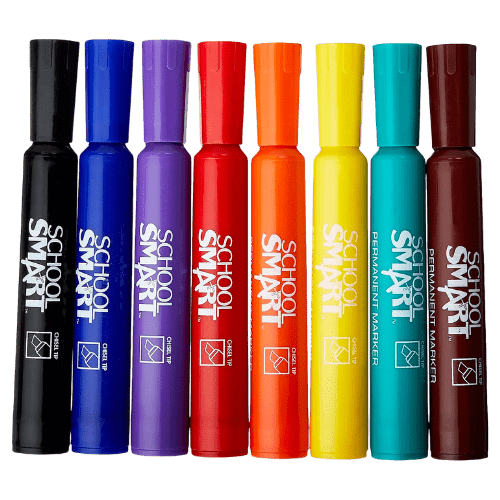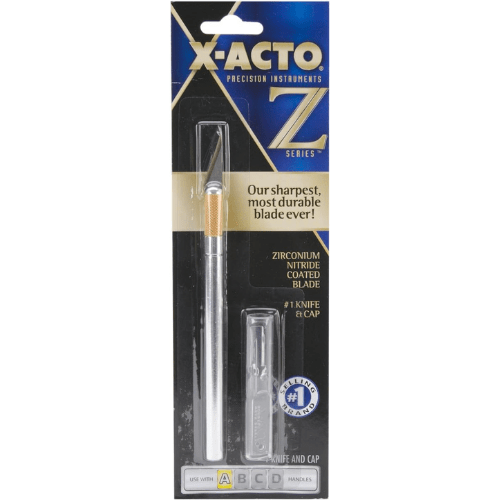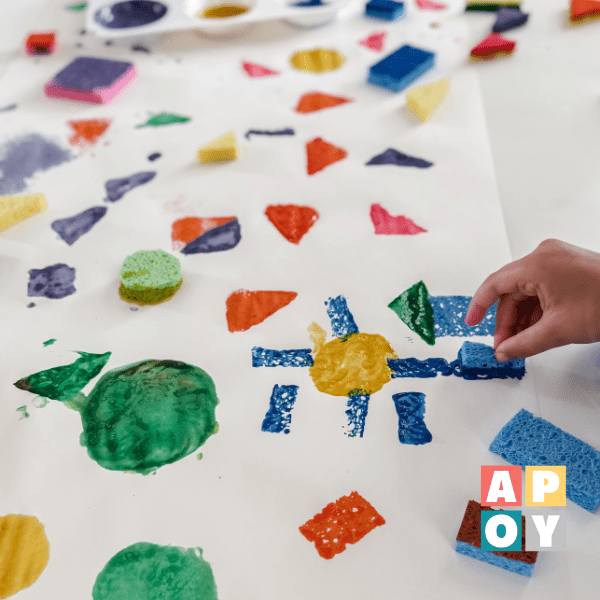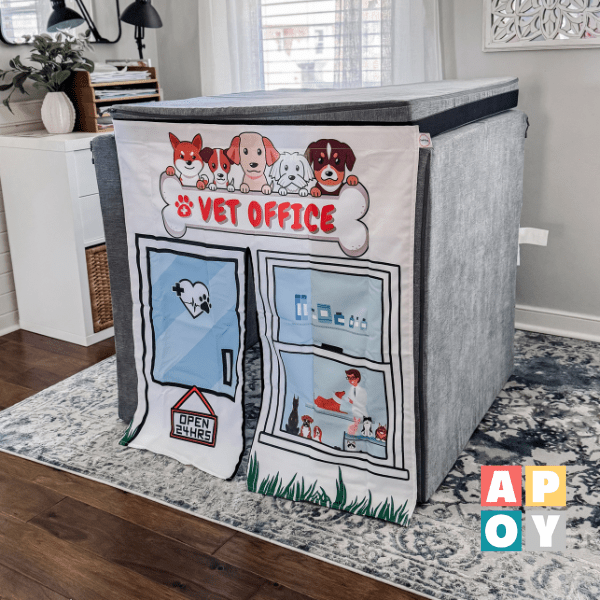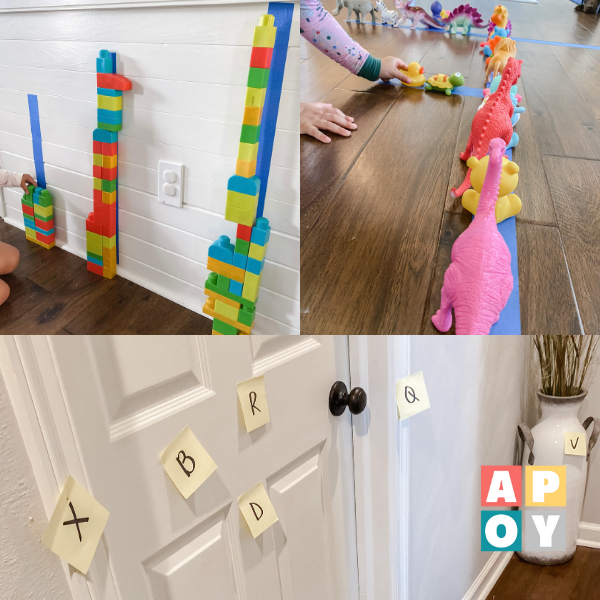Sponge Popsicle Color Match: A Simple and Fun Toddler Learning Activity
Try this easy sponge popsicle color match activity using random household objects to teach color recognition, boost sensory and fine motor learning, and keep toddlers engaged at home.
This blog post may contain affiliate links. When you make a purchase through these links, I may earn a small commission, at no additional cost to you. I only recommend products that I genuinely believe can benefit you and your family! Your support helps maintain and improve all things A Pop of You. Thanks so much!
The SURPRISING Magic of Sponges
If you’ve ever looked around your kitchen and thought, “There’s gotta be a way to make these sponges more educational,” you are absolutely right. Welcome to the random household objects series—where clutter becomes classroom. Today’s gem? The sponge popsicle color match. It’s a sponge activity that doubles as a learning activity and triples as a sensory win. That’s what we call multitasking in toddlerland.
Let’s walk through exactly how to make sponge popsicles and how to use them as a meaningful (and low-prep) color matching activity for your little ones. This is the kind of simple at home learning that doesn’t require a trip to the craft store or a 2-hour nap window to set up.
Why the Sponge Popsicle Color Match is Worth Your Time
There are a million activities out there. So why this one? First off, it’s colorful. It’s hands-on. It’s got just enough novelty to feel fresh without tipping over into “Pinterest stress.” Second, it actually teaches something valuable—color recognition. This matching activity is a great intro to how to teach colors in a way that sticks (literally and figuratively).
It’s also a sensory activity, which means your child gets to touch, squeeze, and explore while they learn. And sensory learning is a big deal in early childhood. When toddlers engage multiple senses at once, they’re more likely to absorb the concept. Plus, the spongy texture is just plain fun.
What You’ll Need
Gather your supplies. I promise they’re not exotic:
- Colorful kitchen sponges (I used these!)
- Jumbo craft sticks
- Washable markers
- Xacto knife or scissors
That’s it. No glue. No glitter. No regrets.
How to Make Sponge Popsicles
This DIY setup takes under 5 minutes. Here’s how to make the magic happen:
- Choose a set of sponge colors. You want bold, primary or rainbow tones—whatever you already have will likely do.
- Cut a small slit in the short end (bottom) of each sponge. This is where your craft stick will slide in. Don’t cut all the way through—just enough to hold the stick snugly.
- Grab your jumbo craft sticks and use markers to color the bottom half of each one. Match each stick to a sponge color.
- Once dry (if needed), insert each colored stick into the matching sponge.
- Voila! You’ve got sponge popsicles.
You can display them in a little cup like actual popsicles or lay them out on a tray to invite your toddler to play.
How to Play the Sponge Popsicle Color Match
This is where the learning begins. Here are a few ways to engage your child:
- Start with a simple color match. Lay the colored sticks separately and ask your child to insert them into the matching sponge. Demonstrate first if needed.
- Turn it into a find-and-match. Hide the sticks around the room and have them match them to the sponge colors as they find each one.
- Play a “wrong match” game. Purposely insert the red stick into the blue sponge and wait for your toddler to correct you. Kids love catching grown-ups making mistakes.
- Add narration. As they match, say the color out loud. This helps reinforce vocabulary: “That’s the green sponge. Let’s find the green stick.”
- Build a sponge popsicle stand. Add a pretend play element by turning this into a popsicle shop. Have them serve you a “yellow popsicle” or a “blue one, please.”
Learning Outcomes From a Bunch of Sponges
This simple at home learning activity sneaks in a ton of skill-building:
- Color recognition: It’s one of the best ways to introduce and reinforce how to teach colors. Matching colors visually helps build that early literacy for later concepts.
- Fine motor skills: Holding the stick, inserting it into the sponge—this is all tiny-hand training for writing and cutting.
- Sensory learning: Sponges are squishy and fun to touch. Your child is exploring texture while learning to focus.
- Problem-solving: Matching activities require attention and decision-making. They’ll start scanning for the right piece, trying different combinations, and building confidence in their choices.
Making It Even Simpler (or More Challenging)
If you have a younger toddler, simplify the setup:
- Use just two colors to start.
- Leave the sticks in and just talk about each popsicle color.
- Focus on texture and touch over accuracy.
For older toddlers or preschoolers, add challenge:
- Add more colors and even similar shades (like light blue and dark blue).
- Mix in a few “trick” sticks that don’t match any sponge and see what they do.
- Time their matches to turn it into a game.
Why Activities Like This Actually Matter
When we think about kids activities, especially activities using sponges or other random household objects, it’s easy to dismiss them as just filler for a long day. But here’s the truth: these kinds of activities are where a lot of foundational learning happens.
They’re also where bonding happens. You’re down on the floor, engaged together, laughing when the yellow sponge ends up with a green stick and cheering when they get it right. These small, quiet moments build trust, independence, and curiosity.
More Activities Using Sponges
Colorful sponges are basically the Swiss Army knife of toddler learning tools. Cheap, versatile, and easy to store. I keep a stash in a drawer just for moments like these. So, if you liked this one, check out the other activities in the series:
- Sponge Water Table Letter Match: Cut sponges into squares and write letters on each one with a permanent marker. Drop them into a water table or bin and invite your child to fish out specific letters, match them to a chart, or spell simple words. Great for reinforcing letter recognition in a fun, sensory-rich way!
- Sponge Shape Stamping: Cut sponges into basic shapes like squares, circles, triangles, and rectangles. Dip them in paint and stamp away on paper to create shape-filled masterpieces. It’s a hands-on way to explore shape recognition, color recognition, and sensory play—all while turning a simple item into a creative tool.
- Sponge Shaving Cream Buildings: Use halved sponges and foam shaving cream as “glue” to build towers, houses, or whatever their little hearts imagine. Take it outside for a sensory-filled fine motor activity that feels like play and sneaks in learning. Perfect for outdoor learning and exploring balance, cause and effect, and tactile play.
Final Thoughts: You’ve Got This
If your toddler walked up right now and asked to do a fun activity, you could probably make this happen with items you already own. That’s the beauty of activities with random household objects. They aren’t about buying more or doing it all perfectly. They’re about seeing your home as a learning space—and yourself as your child’s first teacher.
So, grab those forgotten sponges and the mismatched marker set. Make a few sponge popsicles and start color matching. It’s quick, it’s meaningful, and best of all—it’s actually fun. Because sometimes the best learning activities are the ones hiding in your kitchen drawer! Happy learning!



Hey, I’m Katelyn, the “Achievably Extra” Mom! Join me for creative family fun and practical tips! Let’s inspire each other!




